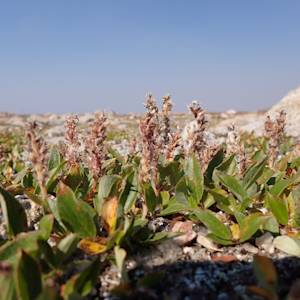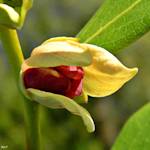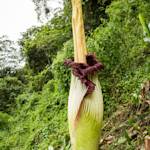American Elm, Ulmus americana - Ernest Wilson
Mid 1900's • Eastern United States
“The most graceful tree of the northeastern states and Canada and one of the most beautiful trees of the northern hemisphere.” - Ernest Wilson, 1930 Ulmus Americana (American Elm) on was once a widespread tree found throughout the floodplains of Eastern North America where the tree offered forage for grazing animals and is thought to be intimately associated with the lifecycles of over 500 species of insects. American Elms were planted frequently in cities, due to their spectacular vase-like form and tolerance of various environmental conditions. All this changed with the Dutch Elm Disease, a fungus from Asia, which first arrived in 1927 and in the following decades decimated the American Elm population.
Wilson, Ernest Henry. Aristocrats of the Trees. Stratsford, 1930. Pinchot, Cornelia C.; Knight, Kathleen S.; Haugen, Linda M.; Flower, Charles E.; Slavicek, James M., eds. 2017. Proceedings of the American elm restoration workshop 2016; 2016 October 25-27; Lewis Center, OH. Gen. Tech. Rep. NRS-P-174. Newtown Square, PA: U.S. Department of Agriculture, Forest Service, Northern Research Station. 148 p.
Washington elm, Cambridge. Taken on the Anniversary of the Battle of Bunker Hill, June 17, 1875 by James Wallace Black.


Learn about Maya Lin’s fifth and final memorial: a multi-platform science based artwork that presents an ecological history of our world - past, present, and future.

Discover ecological histories and stories of former abundance, loss, and recovery on the map of memory.

Learn how we can reduce our emissions and protect and restore species and habitats – around the world.

See how art can help us rethink the problems we face, and give us hope that each one of us can make a difference.

Help make a global memorial something personal and close to home. Share your stories of the natural world.


